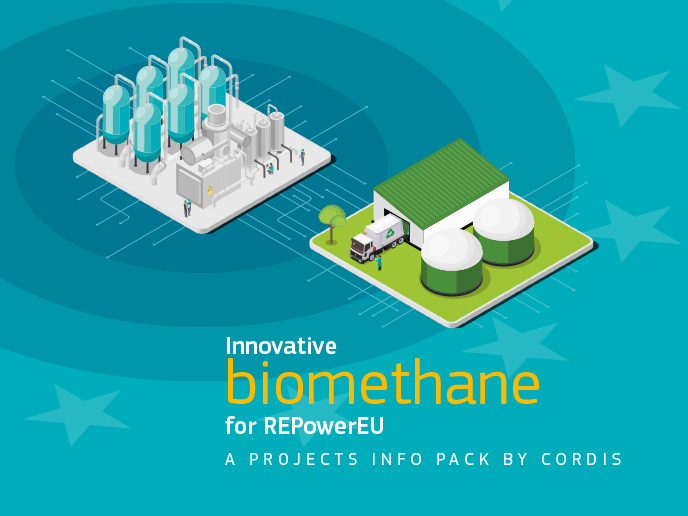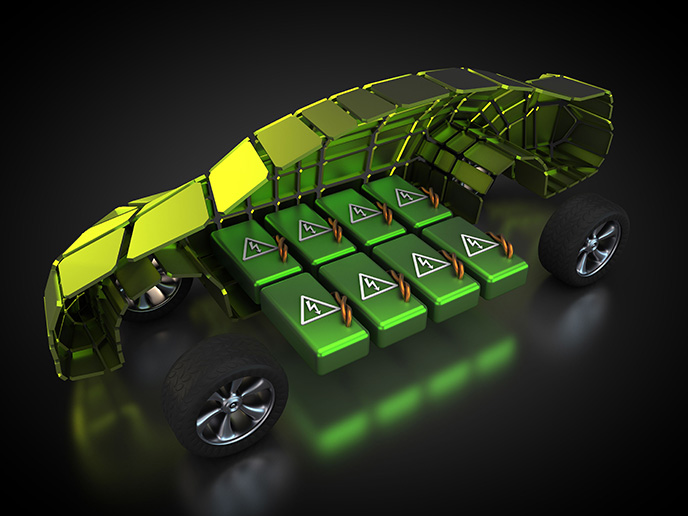Nanocarbon coating reduces ice formation and makes aircraft more aerodynamic
De-icing aircraft in cold weather can be costly in terms of time, labour and materials such as solvents. Now scientists, under the EU-funded SANAD project, have developed a top coat for aircraft that repels water, leading to significant maintenance cost savings. The innovative nanocarbon coating at the same time reduces wind drag on the aircraft’s surface, reducing fuel consumption and carbon emissions. ‘From the beginning we wanted one coating that would combine these attributes,’ says project coordinator Dr Stephanos Nitodas, head of the nanotechnology research department at Glonatech(opens in new window) in Athens, Greece. ‘We started with several coatings with different combinations of nanostructured materials embedded in resins to see how we could combine these effects.’ Among the different coatings formulations prepared at the facilities of partners NSCR Demokritos in Greece and Bionanovate Ltd(opens in new window) in the UK, in collaboration with the other partners, three candidate coatings based on metal oxides or nanostructured carbon – carbon nanotubes or graphene oxide – were identified as the best performing ones after thorough characterisation and according to specifications set by British Airways. Wind tunnel testing and computational fluid dynamics analysis was carried out at Kingston University, UK, before successful testing during in-flight conditions on British Airways’ (BA) Airbus A320 aircraft. ‘Depending on the particular formulation tested, we found 20 % to 40 % improvements in water contact angle measurements, and consequently hydrophobicity, compared to the commercially-available coatings used on current aviation fleets that do not contain nanoparticles,’ Dr Nitodas says. This represents a considerable saving; de-icing can cost tens of thousands of euros, or even more if the task has to be carried out several times a day in extreme weather. Using surface nanorestructuring, the project team also tailored the roughness of the coating, aiming at decreasing in-flight turbulence. This reduces build-up of debris on the plane’s main structure, the leading edge of the wings and other areas, thus decreasing friction and drag on the surface of the aircraft. In turn, this reduces aircraft fuel consumption and the overall flight cost, as well as lowering carbon emissions, making aircraft more environment-friendly. In addition, the nanostructured coating is stiffer, more durable and does not need to be replaced as often as currently available commercial coatings, Dr Nitodas says. The challenge was not only to chemically modify the nanoparticles. ‘We tried to identify processes for the surface treatment of the nanoparticles in a way that was not only efficient in terms of the final performance, but could also be easily scaled up for industrial-scale production,’ he says. The developed product, a topcoat, is currently moving towards being patented and the project partners, including academics, nanotechnology companies and BA, are carrying out market analysis for its use not just in the aviation industry, but also in the automotive industry and other commercial fields.







